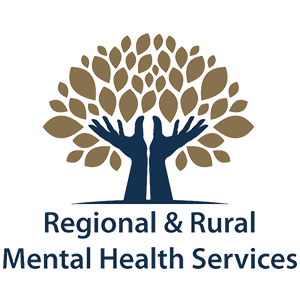Bullying
What is bullying ?
Bullying involves a power imbalance, intent to harm and a distressed target. Children often tease each other in play, but children as young as 3 can differentiate between play teasing and maliciousness. Teasing is no longer play if both parties are not laughing. Bullying involves repeated actions with negative intent over time.
Who is bullied ?
1 in every 6 Australian children is bullied every week.
Where does it occur ?
Nearly anywhere in society: in school hallways, on buses or trains, during sports, in the classroom, at home or work. There is usually no adult around when it occurs at school and the bully is usually not alone. Sometimes bystanders watch.
Why do people bully others?
There are lots of reasons people bully others. Bullies may be jealous, or afraid. They may not know how to act around others. They may not understand someone or something. They may not understand that everyone is different and valuable. They may make fun of, tease or torment someone who looks different than they do, who speaks differently than they do, who is unable to do some of the things they do, or who has different beliefs than they do. Bullies may also have been bullied themselves. If a person is a bully it is because of them. If you are being bullied it is not your fault and there is nothing wrong with you.
How are people bullied ?
Physical aggression (hitting, tripping, kicking, pinching, pushing, stealing of or damage to belongings)
Verbal aggression or intimidation (name-calling, teasing, put-downs). This includes email or sms bullying
Psychological intimidation and belittling (stand over tactics, gestures)
Social exclusion, rumours, putdowns
Sexual inappropriateness (physical, verbal or nonverbal sexual conduct)
Signs of being bullied:
Lost or damaged possessions
Visible evidence of injury (abrasions, cuts and bruising)
Increased anxiety
Upset stomach , diarrhoea or constipation
Sleep difficulties, nightmares
Reluctance to go to school or school refusal
Increased sadness or depression
Reduced academic performance
Increased social isolation
Loss of self-esteem and confidence
Increased anger or aggression.
What to do ?
Identify safe places to play and be with friends
Stay in groups
Stay calm, stand straight and tall
Face the bully and say, “I don't deserve this, stop it” or “I don't like that, stop it”.
Tell the bully you are going to report them
Move towards an adult or a safe group of children.
What can parents do ?
Educate your child about bullying
Be aware of school policies regarding bullying
Support positive peer pressure to prevent acts of bullying or teasing
Role play appropriate responses to bullying (as above) with your child
Reinforce that the child is not at fault. Bullying is the result of someone else's behaviour, attitude or beliefs. It is not because of who the victim is.
Encourage your child to communicate any bullying acts
Seek help of school staff
Encourage a range of positive social relationships
Teach your child effective problem solving techniques
Reinforce your child's strengths and positive characteristics frequently
Use resources, such as books or computer programs to teach your children about bullying
Be a good model of appropriate behaviour. It's not what you say, but what you do that a child will remember.
If you would like to discuss concerns about the psychological effects of bullying with a Psychologist, please phone Regional & Rural Mental Health Services on (07) 4637 9989, contact us via our Contact Form to arrange an appointment to see a member of our team.
